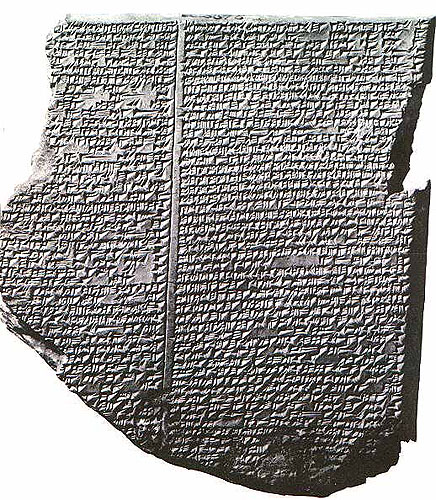![]()
Read Gilgamesh (in its entirety).
Answer the following question in a one-page paper.
Citing specific evidence from Gilgamesh (not from the textbook), explain the role(s) of kingship in ancient Sumerian society. In other words, one might ask, what were the duties of the king or what was a Sumerian king expected to do or what were some of the characteristics of kingship in Ancient Mesopotamia?
If you do not want to tackle that question, then here is an alternative.
Citing specific evidence from Gilgamesh (not from the textbook), explain the social structure in ancient Sumerian society.
Before proceeding, you might wish to read the short notes and review the study questions on Gilgamesh. Professor Romeo also has some ideas for those of you who are having trouble with this assignment and are working on the first question. You can also check out our short video on this assignment.
Your paper must follow this format.
- must have brief introduction and conclusion paragraphs (each not to exceed three lines); the introduction must directly respond to the assignment question and identify your analysis/thesis points.
- font size 10 or 12 only
- one-inch margins
- double-spaced
- page number citations for your quoted evidence
- name, and only your name, at the top left of the paper
- not to exceed one (1) page
- You may consider submitting a draft of your assignment to your instructor for feedback before submitting the assignment for the grade. At times, you may be asked to rewrite your essay. This is done for your own benefit and will result in an improved grade.
Please take a moment to review Charlie's History Writing Center(See the tutorial on the one-page paper and the paper examples.) for specific information on the writing requirements for the assignments in the course. There is also a good example of a one-page paper available that will show you how to structure your paper. Please check this short explanation of what it means to cite historical evidence.
Your assignment should be submitted on Canvas.
